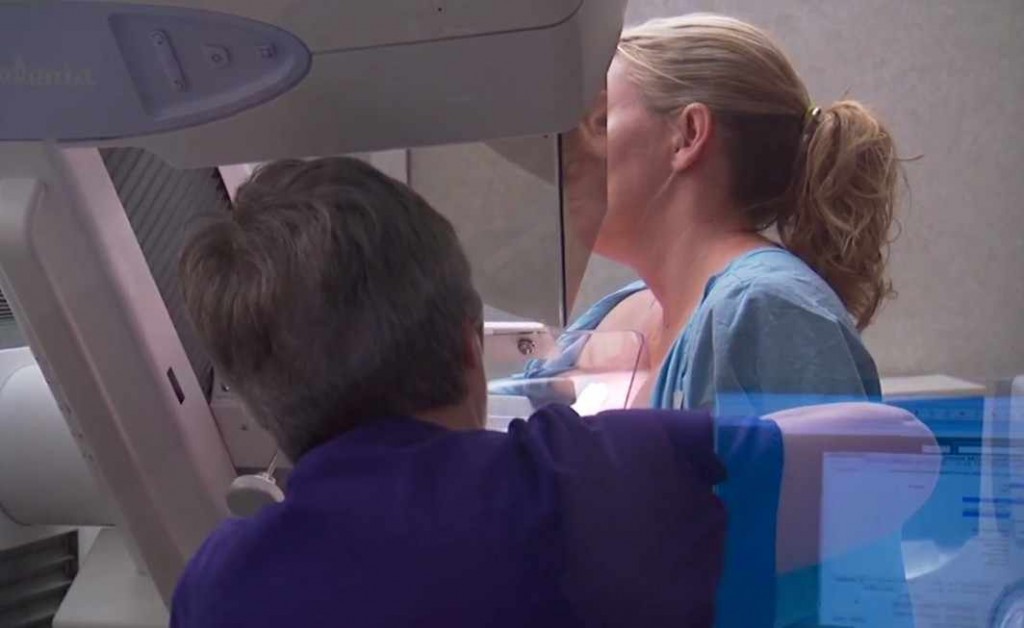-
Cancer
Mammograms: What to Know About False-Positive Results

Women with a history of false-positive mammograms have a modest increase of breast cancer later in life, according to a recent study. The study author says over the course of 10 screening mammograms, the chance of at least one false-positive result is 61 percent for women screened annually and 42 percent for women screened every two years. But what does this mean? Mayo Clinic radiologist Dr. Amy Conners says false-positive mammograms are common and an expected part of the screening process. She offers this insight on the study.
False-positive mammograms
"When radiologists interpret a mammogram, they are trying to find cancer early, so they must look for subtle changes. If we identify an area of concern, we then will perform additional targeted mammogram pictures and sometimes, ultrasound, and less often, a needle biopsy. A false-positive means that the radiologist saw an area of concern on a screening mammogram which turned out not to be cancer on the extra pictures or biopsy.
The radiologist is looking for small changes that could be cancer. Sometimes normal tissue can have the same appearance as a subtle cancer, so those extra pictures help us sort it out. Because mammography has been offered across the country for several decades, people have studied how often false-positives happen in the course of finding small cancers. We know that 5-12 percent of those screened will have a positive result: About 0.5 percent have cancer (which is a true-positive), while the rest fall into the false-positive category."
Modest increase of cancer
"The study shows that there is a difference in cancer risk between women who have had a false-positive mammogram and those who have not, but the difference isn’t very big. In the study, they looked at what happened to a very large population over many years and found that in women without a false-positive, there were 3.9 cancers per 1000 women, and in women with false-positives, there were 5.5 cancers per 1000 women. The vast majority of the women who had had a false-positive mammogram did not develop cancer."
Advice for women
"Make sure to follow-up with any recommendations that the radiologist gives after a positive mammogram. If the extra pictures don’t show cancer, that’s good news. You may want to talk to your doctor to help you understand your overall risk. At this time, we don’t yet know how to use this information about false-positive exams to calculate your individual risk. We also don’t know that it is a strong enough risk factor to matter when making decisions about screening."
Importance of the study
"The study was designed to understand the risk of developing future cancer after a false-positive mammogram. In other words, they were looking at whether the areas that the radiologist saw, even though not cancer, represent a risk factor for developing cancer later. The study did not show that more needed to be done at the time of the false-positive, or that the mammogram itself caused a risk. The hope is that the study can be used to help us better understand individual risk factors; the study isn’t something that suggests women do anything new or different at the time of a false-positive exam."
Mammogram screening
Mayo Clinic believes that patients should discuss with their doctor the best individualized strategy for their health regarding cancer screening. The American College of Radiology recommends that patients receive annual mammography beginning at the age of 40 to provide the maximum benefit and reduced risk from dying from breast cancer.







